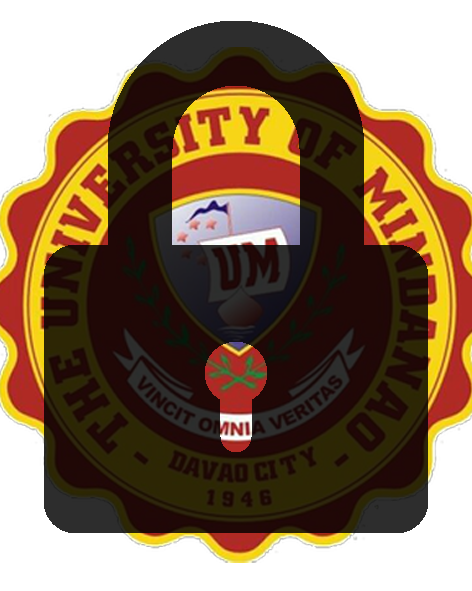Load bearing bricks utilizing durian pericarp

View/
Date
2023-07Author
Curan, Val
Manulat, Morley Jr.
Pielago, Chan Marie
Keywords
Citation Tool
Metadata
Show full item recordAbstract
Modern building methods necessitate the invention of energy-efficient alternative building materials that can be employed in construction. One of the most used building materials for masonry construction is brick. As time passes, several mix designs were introduced that associated the original mix design with fibers of different crops. Fibers are can be found in many crops or trees not to mention durian which contains almost 60% of fiber. Creating greener and environmentally friendly buildings is encouraged to reduce waste. Hence, an attempt is put forth to develop bricks utilizing agricultural waste. Utilizing durian is one way to a green and clean environment. The primary purpose of this study is to develop Load Bearing Clay Bricks incorporating durian fiber and focus on the effects on bricks, particularly their compressive strength, water absorption test, and linear shrinkage limit test. The preparation of the bricks design mix was accomplished using a composition of 95 % - (1%, 3%, 5%) plus 5% of sand. In the water absorption test, the untreated bricks performed the best with the least amount of absorption and followed by the bricks that utilized 1% of durian fiber (LBB1) these were the only mixtures that passed the minimum requirement for water absorption which is below 20%. In the linear shrinkage test, all the mixtures had passed the requirement which is below 8%, and that is a good performance. The untreated bricks and the LBB1 had compressive strength values of 7.17mPa and 7.454mPa respectively which is higher than the 3.5mPa recommended by the brick development association. Therefore, the clay bricks can utilize durian fiber up to 1 % for its results to pass the minimum requirements.
Collections
- Undergraduate Theses [639]
Publisher
College of Engineering Education
